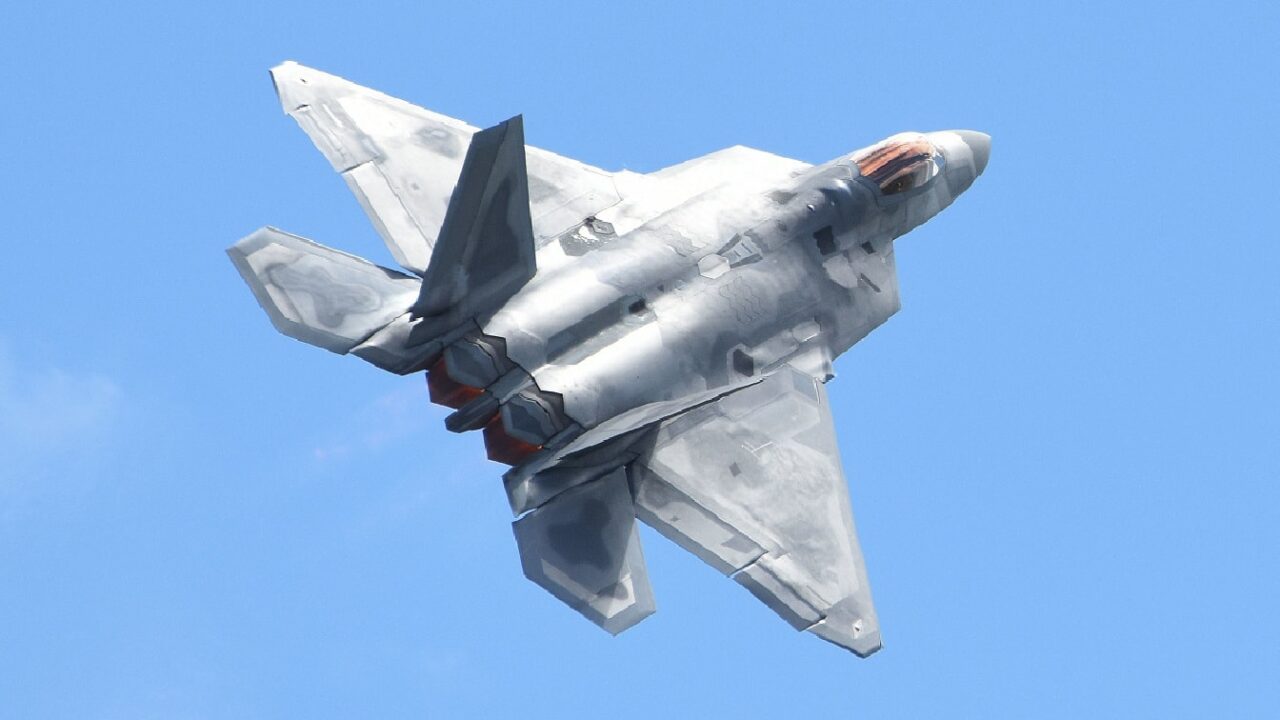China Should Be Wary of Provoking America – U.S. President Joe Biden has ordered the downing of two flying objects over US territory in the space of just one week. The first object, of course, was the now-infamous Chinese spy balloon that drifted southeasterly from Idaho and Montana before being destroyed somewhere off the South Carolina coast. At the time of this writing, the second object has yet to be identified but was shot down over a remote part of Alaska. There is speculation that this second object was another Chinese balloon.
What is China’s Strategy?
Why would Beijing send spy balloons across the continental United States?
Commentators have weighed in with several explanations over the past few days. Some have called attention to the relative inexpensiveness of balloons. Others have emphasized the superior (albeit imperfect) maneuverability of balloons when compared to satellites.
Still, others have pointed out that spy balloons are a fairly mundane technology. Indeed, anyone who follows U.S. defense and security issues closely will not be surprised at China’s use of balloon technology for surveillance purposes. Just last year, the US military announced plans to invest in balloons as a tool for gathering information about America’s adversaries.
Spy Balloon Impact
But even if balloons are a conventional technology, it is no trivial matter that President Biden has been forced to shoot down possibly two of these objects at a time of tense international relations. On the contrary, the episode underscores two important things about contemporary US politics and US-China relations – neither of them good.
First, Beijing has earned a reminder of how just easy it is to set Americans against one another. In an alternate universe, Democrats and Republicans could have joined together to condemn Beijing for its violation of US airspace. They could have used news headlines about a Chinese incursion as an opportunity to demonstrate statesmanship, telegraphing to voters at home and adversaries abroad the United States will revert to unity when faced with provocation.
There was even the possibility of mocking Beijing for its use of balloon technology. After all, the use of spy balloons is somewhat comical in the twenty-first century – at least to lay people, who could be forgiven for thinking that war balloons are a technology from a bygone age. Given that states today routinely use meme warfare as a way to get one over on their adversaries, why not use “balloongate” as a way to paint China as backward and inept? The jokes almost wrote themselves.
Instead, however, Americans were treated to something much different but sadly all too familiar: thoughtless partisan rancor. One Republican lawmaker called for the resignation of President Biden and Vice-President Kamala Harris. Other leading GOP officials made glib insistences that the White House should have blown up the first balloon – reported to have been about 200 ft tall, or the size of a “regional airliner” – over the contiguous United States or Canada, despite the apparent risk this would have posed to civilian lives and infrastructure.
Such criticisms from the Republican side were extreme overreactions. To be sure, China erred by sending spy balloons into US airspace. But President Biden based his responses on sound advice from military advisers. It was regrettable that his political opponents could not put partisanship aside.
Of course, it is not as if Beijing was unaware that the United States suffers from political dysfunction and hyper-partisanship. Nevertheless, Chinese leaders now know that the “China threat” has the capacity to throw Washington into a frenzy even when US leaders are focused on the war in Ukraine, despite the next federal election being nearly two years away.
Some commentators have even mused that Beijing might have intentionally sought to manipulate US politics with its balloon flights. From this view, the balloon flight(s) should be considered a cunning gambit to test the US resolve and probe Washington for weaknesses. If it was, Americans – and especially Republicans – took the bait.
But Beijing should be careful. It is not a good thing that US-China relations have become so politicized in Washington. Chinese leaders should be horrified that the discovery of one of their spy balloons should lead to sincere calls for the resignation of a US president, the hasty shooting down of a massive object over US territory, and meaningful acts of retaliation.
What if President Biden had been advised to shoot down the balloon over the continental United States, resulting in serious property damage of even loss of life? What if he felt pressured by Republicans to put on a show of military force? How could Beijing hope to contain the incident if the United States had reacted in an unpredictable and disproportionate manner?
As Fareed Zakaria has warned, crises between the United States and China are already difficult to defuse. With every passing spat, the fabric of the relationship frays even more. Over time, there will be little left to cushion relations between the world’s two most important powers. In this context, China should be highly cautious about provoking the United States.
Balloongate will blow over in due course. But the next unnecessary provocation could easily tip over into an unwanted confrontation. This, perhaps, is the most important lesson that Beijing might have gleaned from its balloon adventures: that the US-China relationship is brittle and at dire risk of breaking, much to the detriment of all concerned. This is intelligence worth acting upon.
BONUS: The Fall of Joe Biden Has Started
BONUS: Donald Trump Looks At His End
BONUS: Kamala Harris Should Quit
Author Expertise and Experience: Dr. Peter Harris is an associate professor of political science at Colorado State University, a non-resident fellow at Defense Priorities, and a contributing editor at 19FortyFive.

